Whole wheat is an incredibly nutritious grain that offers a diverse range of health benefits. Understanding the nutritional components of whole wheat and how to incorporate it into your diet can have a significant impact on your overall health and well-being.
Understanding Whole Wheat: The Basics
Whole wheat is a type of grain that is highly nutritious and beneficial for our health. It is a great source of fiber, vitamins, minerals, and antioxidants. The best part is that it is minimally processed, which means it retains all of its original nutrients.
What is Whole Wheat?
Whole wheat is a type of grain that contains the entire wheat kernel, including the bran, germ, and endosperm. The bran is the outer layer of the kernel, which is rich in fiber, vitamins, and minerals. The germ is the inner part of the kernel, which is high in healthy fats, vitamins, and minerals. The endosperm is the largest part of the kernel, which contains mostly carbohydrates and some protein.
When the wheat is processed, the bran and germ are removed, leaving only the endosperm. This process is called refining, and it is done to give the wheat a finer texture and longer shelf life. However, this process also removes many of the beneficial nutrients found in whole grains, making them a less nutritious choice.
Whole Wheat vs. Refined Grains
Refined grains, such as white flour and white rice, go through a process that removes the bran and germ, leaving only the endosperm. This process strips away many of the beneficial nutrients found in whole grains, making them a less nutritious choice.
Whole wheat, on the other hand, is minimally processed, which means it retains the majority of its original nutrients. This makes it a better choice for our health and well-being. Studies have shown that people who consume whole grains have a lower risk of heart disease, stroke, and type 2 diabetes.
So, the next time you are at the grocery store, choose whole wheat products over refined grains. Your body will thank you!
Nutritional Components of Whole Wheat
Whole wheat is a type of grain that is packed with essential nutrients that are necessary for optimal health. In this section, we will discuss the various nutritional components of whole wheat and their benefits.
Fiber
Whole wheat is an excellent source of dietary fiber, which plays a vital role in maintaining digestive health, regulating blood sugar levels, and reducing the risk of heart disease, stroke, and certain types of cancer. Fiber is essential for maintaining a healthy digestive system and preventing constipation. It also helps to lower cholesterol levels and reduce the risk of heart disease.
There are two types of fiber found in whole wheat: soluble and insoluble. Soluble fiber dissolves in water and forms a gel-like substance in the intestines. This type of fiber helps to regulate blood sugar levels and lower cholesterol. Insoluble fiber, on the other hand, does not dissolve in water and helps to promote regular bowel movements.
Vitamins and Minerals
Whole wheat is packed with essential vitamins and minerals, including B Vitamins, Vitamin E, iron, zinc, and magnesium, all of which are necessary for optimal health. B Vitamins are essential for converting food into energy and maintaining a healthy nervous system. Vitamin E is an antioxidant that helps to protect cells from damage. Iron is necessary for the production of red blood cells, while zinc is essential for immune function. Magnesium is important for bone health and muscle function.
Antioxidants
Whole wheat contains a wealth of antioxidants, including lignans, phenolic acids, and flavonoids, which have been shown to reduce inflammation, fight disease, and promote overall well-being. Antioxidants are important for protecting cells from damage caused by free radicals, which can contribute to the development of chronic diseases such as cancer and heart disease.
Phytochemicals
Whole wheat is a rich source of phytochemicals, which are compounds that have been associated with a lower risk of chronic disease and improved health. Phytochemicals are found in plant-based foods and have been shown to have a wide range of health benefits. Some of the phytochemicals found in whole wheat include lignans, which have been shown to reduce the risk of breast cancer, and phytic acid, which has been shown to reduce the risk of colon cancer.
In conclusion, whole wheat is a nutrient-dense food that provides a wide range of health benefits. It is an excellent source of fiber, vitamins, minerals, antioxidants, and phytochemicals, all of which are essential for maintaining optimal health. So, the next time you are at the grocery store, be sure to add some whole wheat to your shopping cart!
Health Benefits of Whole Wheat Consumption
Whole wheat is a nutritious and delicious food that can provide a variety of health benefits. Here are some of the ways that consuming whole wheat can improve your overall health and well-being:
Improved Digestive Health
The high fiber content found in whole wheat can improve digestion and promote regular bowel movements, reducing the risk of constipation and other digestive issues. In addition, the fiber in whole wheat can help feed the beneficial bacteria in your gut, which can have a positive impact on your immune system and overall health.
Reduced Risk of Heart Disease
Research has shown that the consumption of whole grains, such as whole wheat, can lower the risk of heart disease and stroke by reducing cholesterol levels and improving blood vessel function. Whole wheat is also rich in antioxidants, which can help protect against oxidative stress and inflammation, both of which are risk factors for heart disease.
Better Blood Sugar Control
Whole wheat has a low glycemic index, meaning it can help regulate blood sugar levels, which is essential for those with diabetes or at risk of the disease. The fiber in whole wheat can also slow down the absorption of glucose in the bloodstream, which can prevent spikes in blood sugar levels.
Weight Management
Adding whole wheat to your diet can help you feel fuller for longer periods, which can aid in weight loss or maintaining a healthy weight. Whole wheat is also a good source of protein, which can help build and repair muscle tissue, and can help increase metabolism.
Lowered Risk of Certain Cancers
Consuming whole grains, including whole wheat, has been associated with a lower risk of certain cancers, including colon and breast cancer. This may be due to the high fiber content in whole wheat, which can help remove waste and toxins from the body, reducing the risk of cancer-causing agents.
Incorporating whole wheat into your diet can be easy and delicious. Try swapping out white bread for whole wheat bread, or using whole wheat flour in your baking recipes. You can also enjoy whole wheat pasta, brown rice, and other whole grain products for a nutritious and satisfying meal.
Incorporating Whole Wheat into Your Diet
Whole wheat is a nutritious and versatile ingredient that can be easily incorporated into your diet. It is an excellent source of fiber, vitamins, and minerals, and can provide numerous health benefits. Here are some easy and delicious ways to add more whole wheat to your meals:
Whole Wheat Bread and Pasta
One of the simplest ways to add more whole wheat to your diet is to swap out refined bread and pasta for whole-grain alternatives. Whole wheat bread and pasta are widely available at most grocery stores and are easy to find. When shopping for whole-grain products, look for those that list whole wheat as the first ingredient to ensure that you are getting the most nutritional benefit.
Whole wheat bread and pasta are not only healthier than their refined counterparts, but they are also more filling and can help you stay satisfied for longer periods of time. This can be especially helpful if you are trying to manage your weight or reduce your overall calorie intake.
Whole Wheat Breakfast Options
Starting your day with a healthy dose of whole wheat can help you feel energized and ready to take on the day. One easy way to do this is by enjoying oatmeal with added whole grains, such as quinoa or chia seeds. You can also swap out your sugary cereal for a whole-grain option like toasted wheat flakes or bran flakes.
If you prefer a heartier breakfast, try making a whole wheat breakfast sandwich with whole grain bread, scrambled eggs, and avocado. This is a delicious and filling meal that will keep you satisfied until lunchtime.
Whole Wheat Snacks and Desserts
Snacking is an important part of any healthy diet, but it can be challenging to find snacks that are both nutritious and delicious. Fortunately, there are plenty of whole-grain snack options available that are both tasty and satisfying.
For example, you can replace processed snacks with whole-grain options like air-popped popcorn, whole-grain crackers, or trail mix with whole-grain oats and nuts. These snacks are high in fiber and protein, which can help keep you full and satisfied between meals.
If you have a sweet tooth, you can also use whole wheat flour to make cookies, cakes, and bread. Whole wheat flour adds a nutty flavor and texture to baked goods and is a healthier alternative to refined white flour.
Cooking with Whole Wheat Flour
Whole wheat flour is a versatile ingredient that can be used in a variety of recipes. It works well in recipes for pancakes, muffins, and bread, and can be used as a coating for chicken or fish.
When using whole wheat flour in your recipes, keep in mind that it has a denser texture than white flour and may require more liquid. You may also need to adjust the cooking time and temperature to ensure that your baked goods come out perfectly.
Overall, incorporating whole wheat into your diet can have significant health benefits. By choosing whole-grain options over refined grains, you can take steps to improve your digestive health, reduce the risk of heart disease, maintain healthy blood sugar levels, manage your weight, and promote overall well-being.
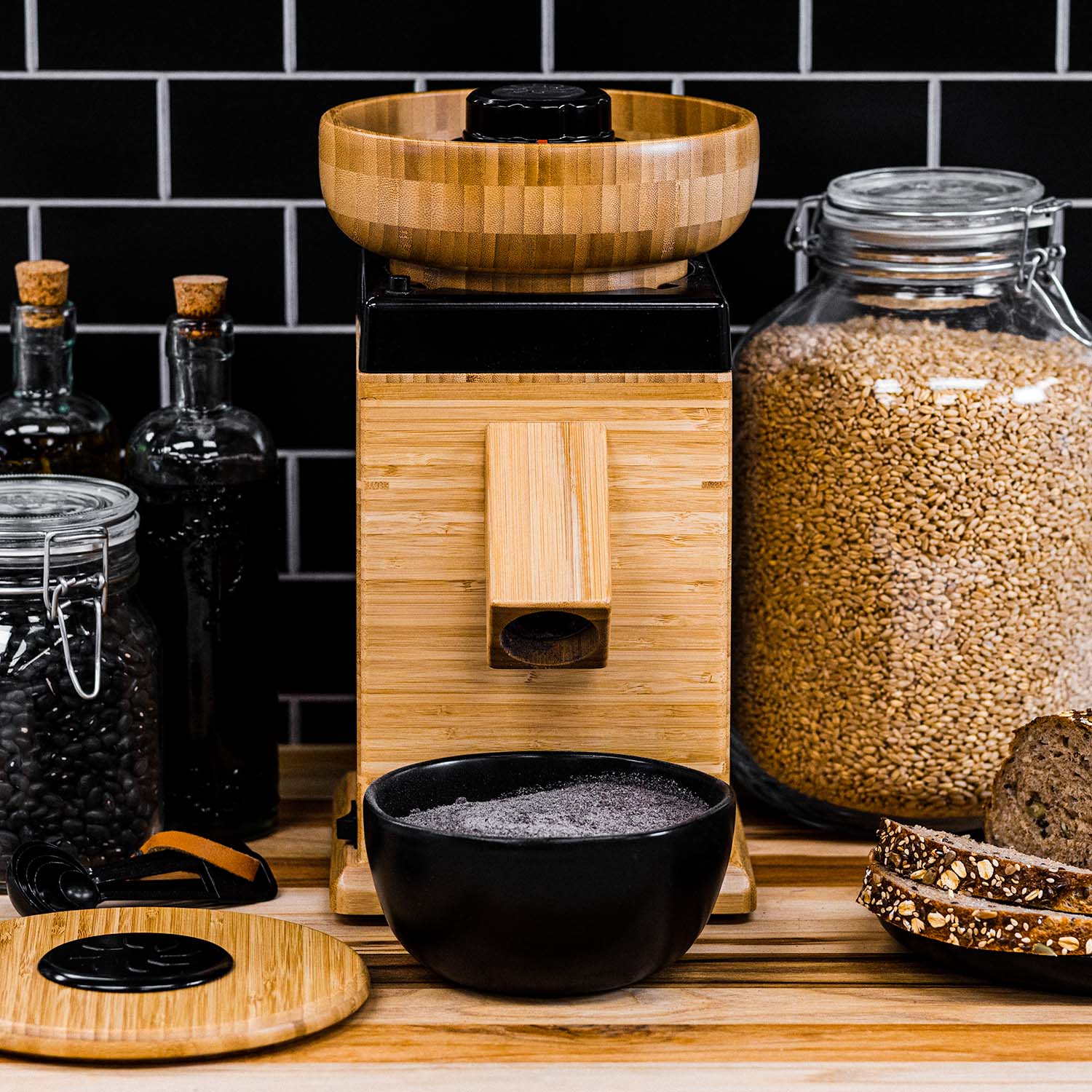
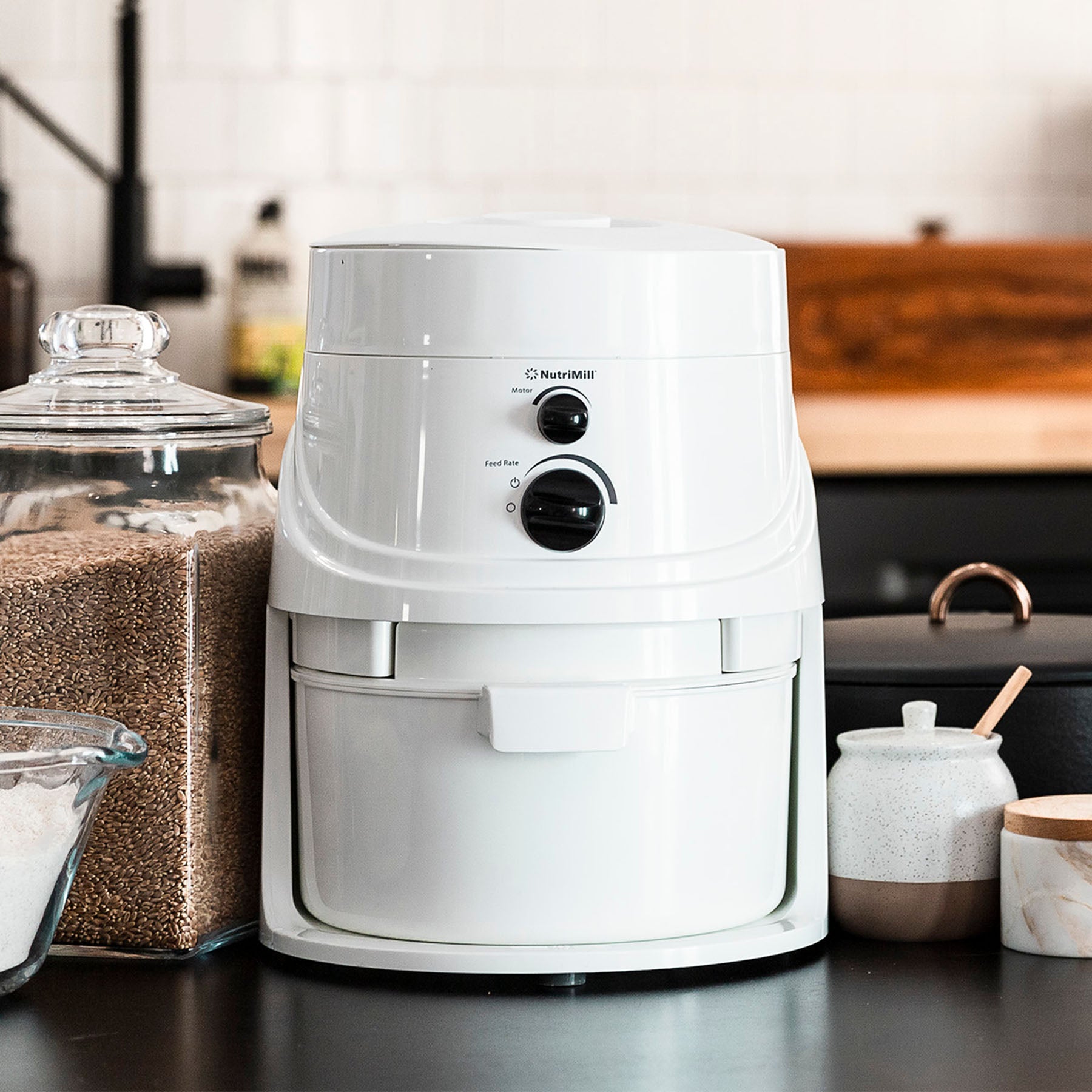
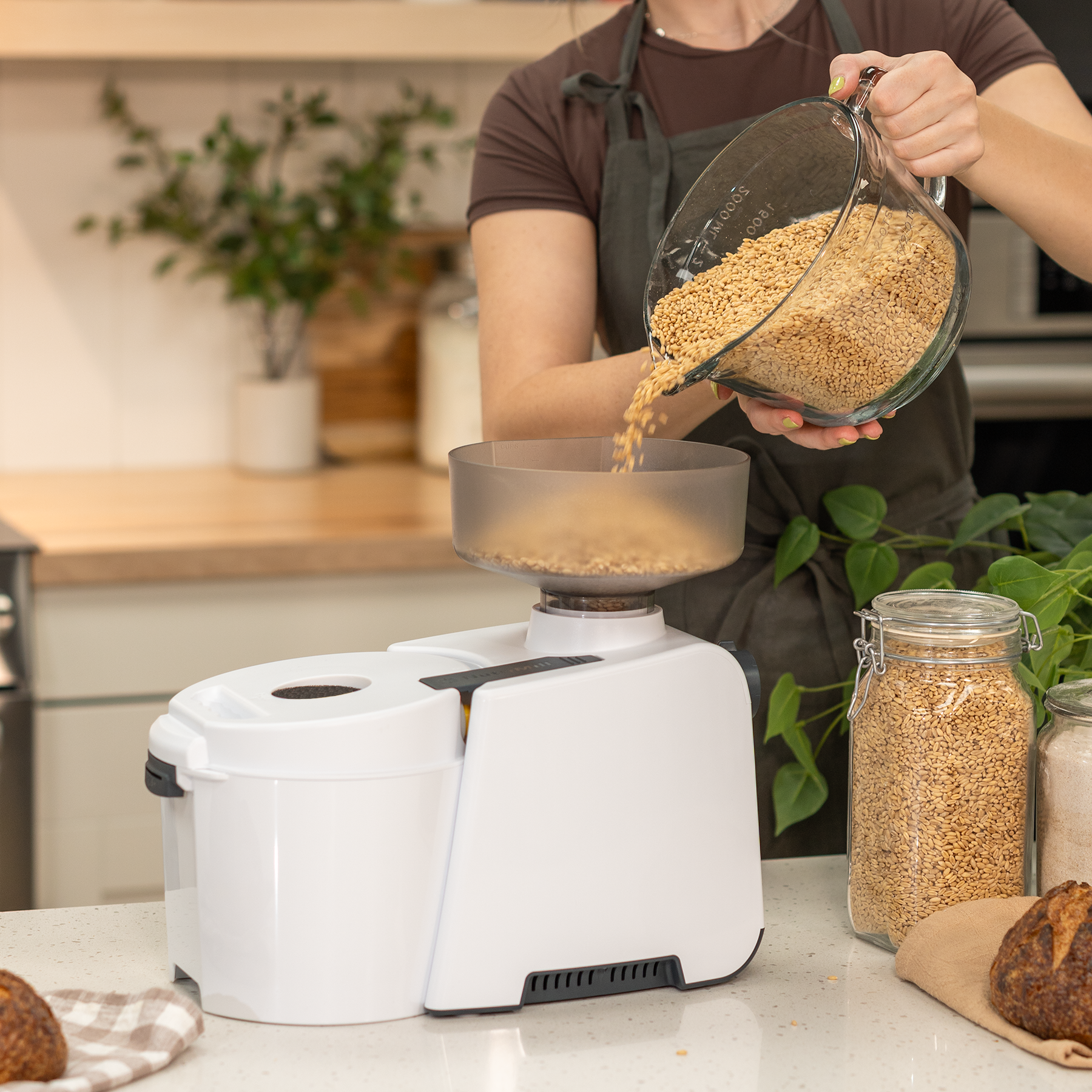
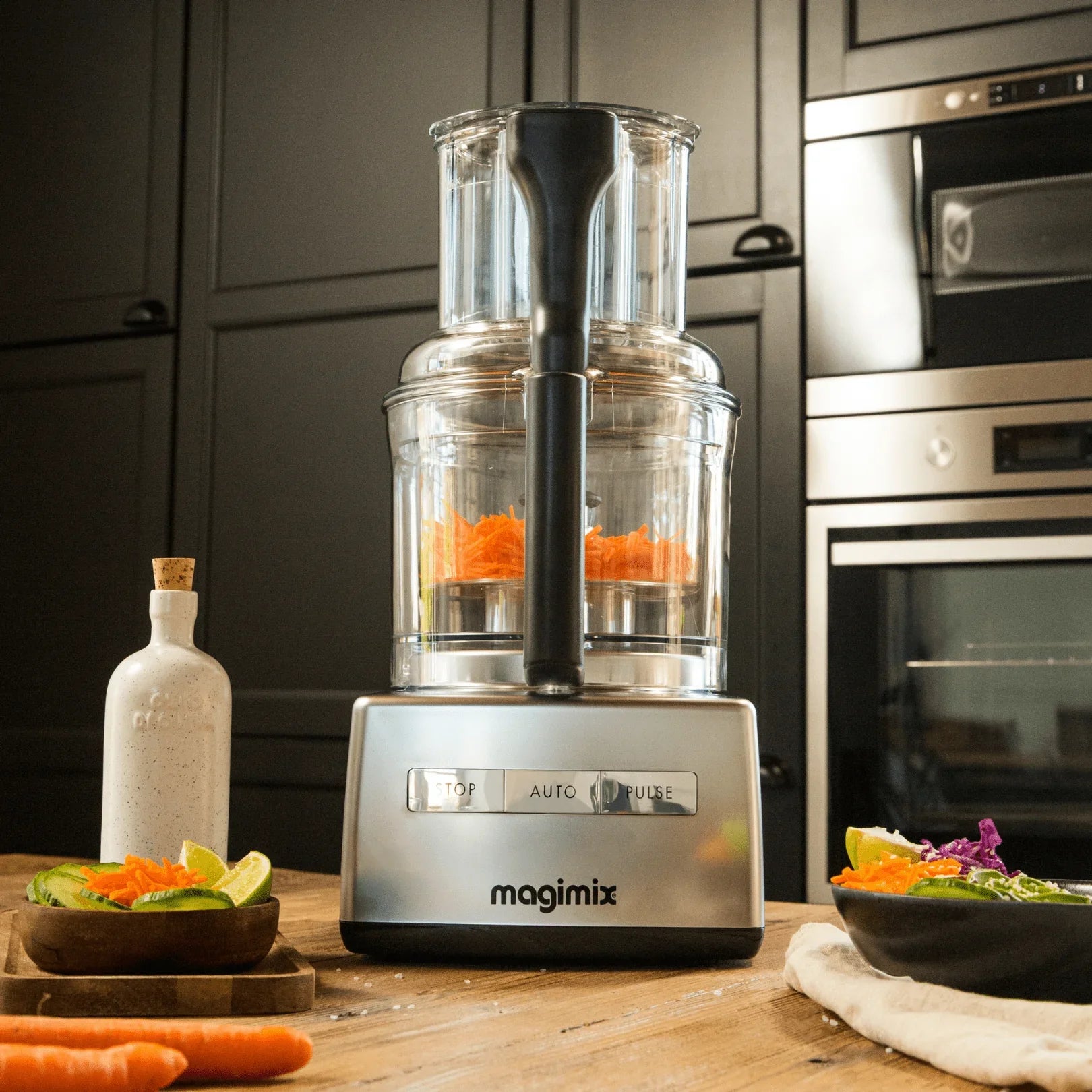

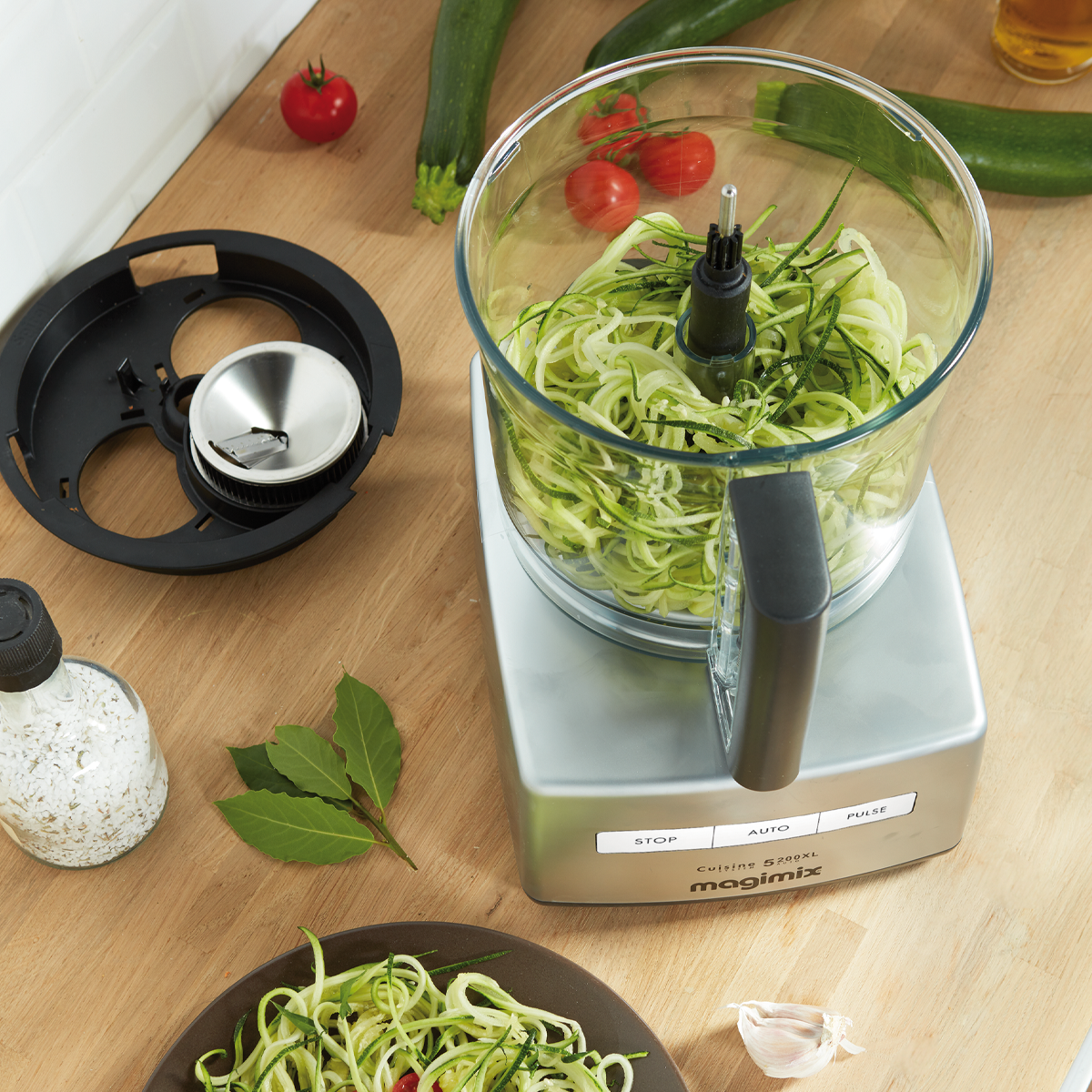
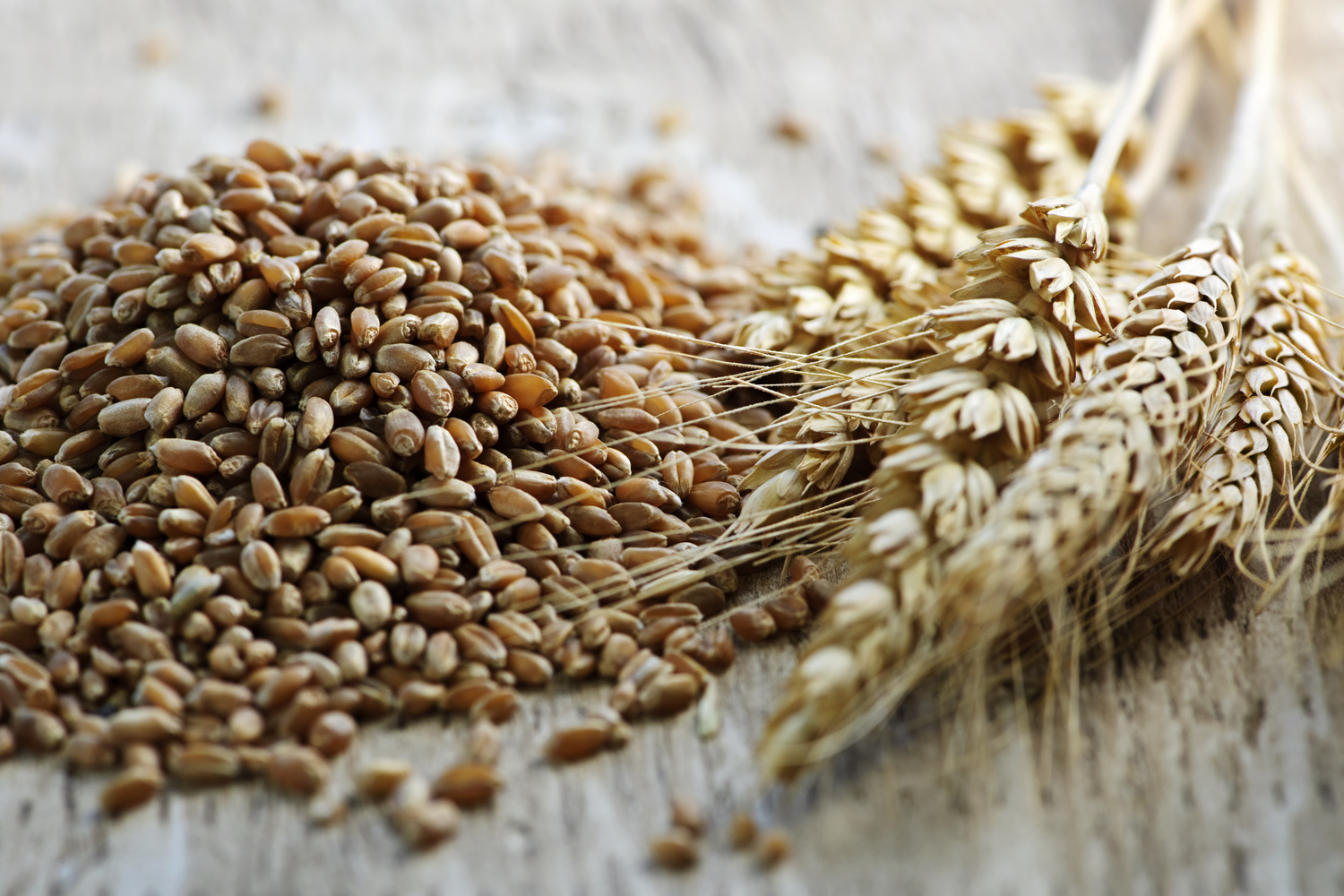

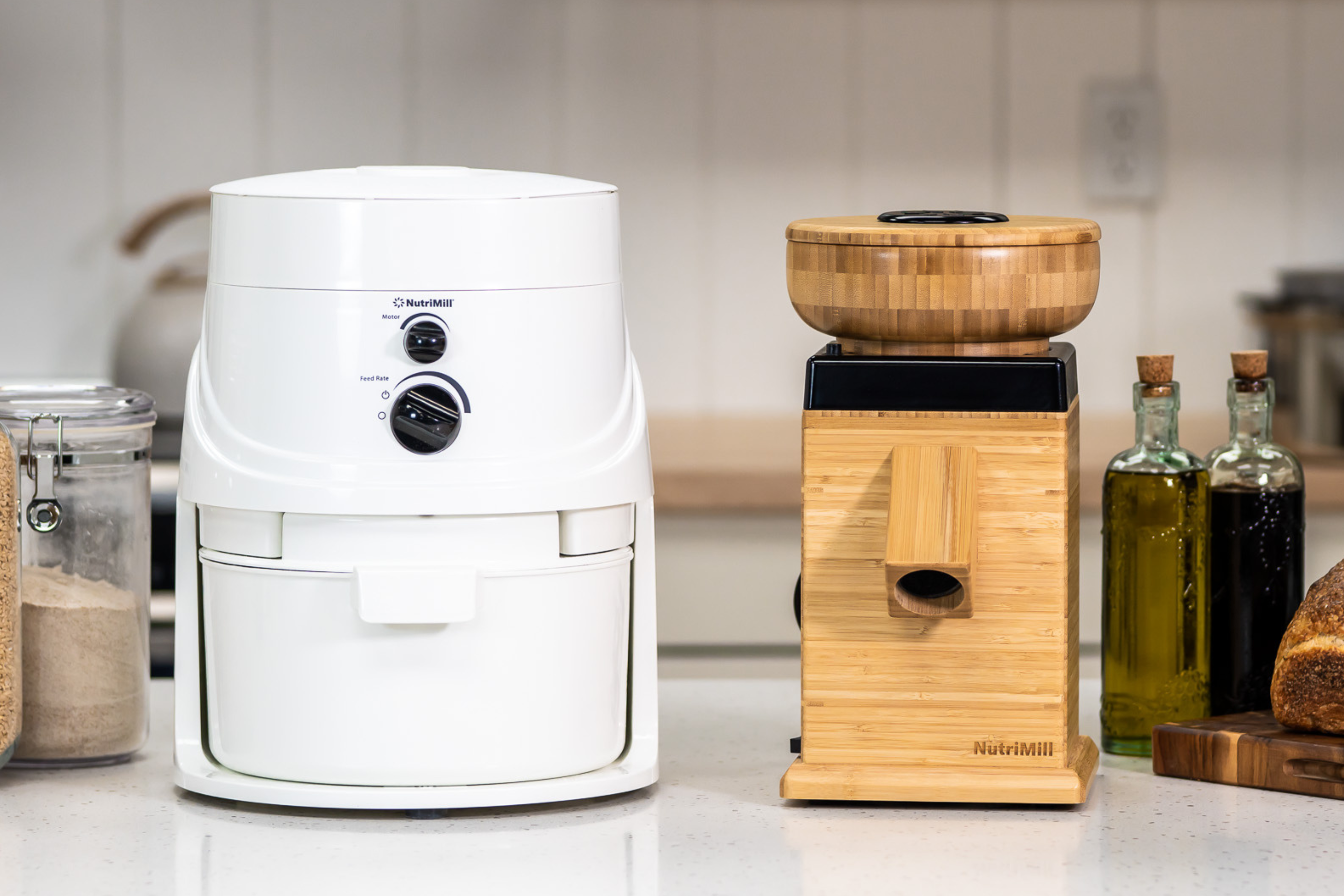
Leave a comment
All comments are moderated before being published.
This site is protected by hCaptcha and the hCaptcha Privacy Policy and Terms of Service apply.